Fendi at Villa Medici: a union of past and future
Special project saw the Roman maison refurbish six salons at the storied Renaissance villa
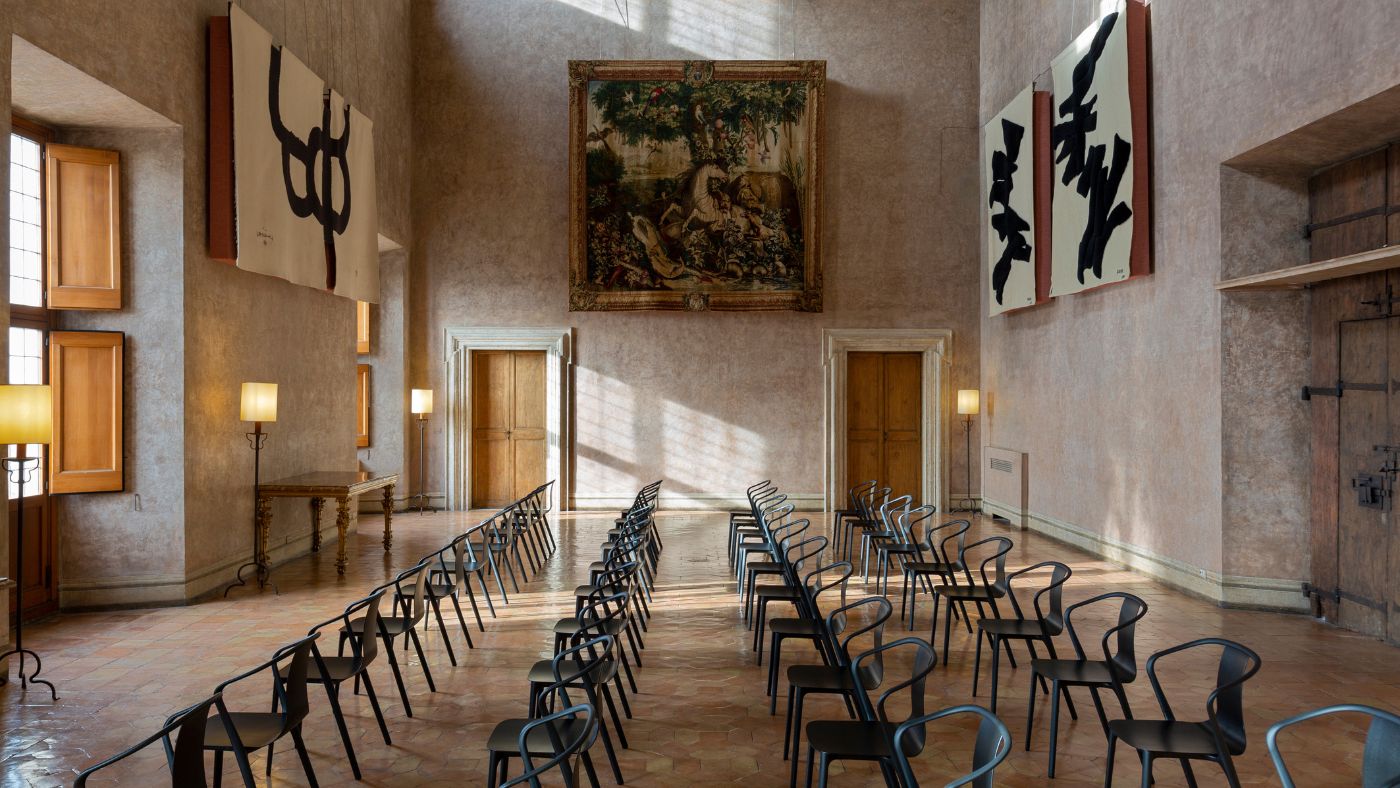
Where to look first? Down, perhaps. There, placed on the grounds of the Petit Salon, the Salon de Musique or the Salon des Pensionnaires now lie carpets imported to Rome from Nepal. Many thousand miles away from Italy, artisans in Nepal custom-finished the carpets using only recycled wool which had been gathered in the Massif Central, a region of valleys and mountains in France’s southern centre. A labour-intensive undertaking, the makers first dyed their raw material – only natural and ecological dyes were used – before hand-knotting yarns and letting the finished product dry naturally, unfolded to catch rays of sunlight. Today, the floorcoverings feature in three of the six Villa Medici salons that Roman maison Fendi has refurbished and artfully furnished.
It’s a special project and one in which Fendi – spearheaded by artistic directors Silvia Venturini Fendi and Kim Jones – have been joined by Mobilier National (the national furniture collection and conservation agency of France) and Paris-based textile conservation expert Bobin Tradition. French architect Pierre-Antoine Gatier, whose previous projects include work on storied French monuments such as the Eiffel Tower or an 11th-century church in Paris’s Saint-Germain-des-Prés, was drafted in to gently refresh select decorative features.
Unveiled at the end of last year, the result is visually striking. Reframing contemporary furniture design and fine art within the Renaissance surrounds of the 16th century Villa Medici and its generous gardens dotted with oak, cypress and pine trees, the six spaces unite the site’s many chapters that have unfolded since it was first built and later acquired by Cardinal Ferdinando de’ Medici in 1576.
The Week
Escape your echo chamber. Get the facts behind the news, plus analysis from multiple perspectives.

Sign up for The Week's Free Newsletters
From our morning news briefing to a weekly Good News Newsletter, get the best of The Week delivered directly to your inbox.
From our morning news briefing to a weekly Good News Newsletter, get the best of The Week delivered directly to your inbox.
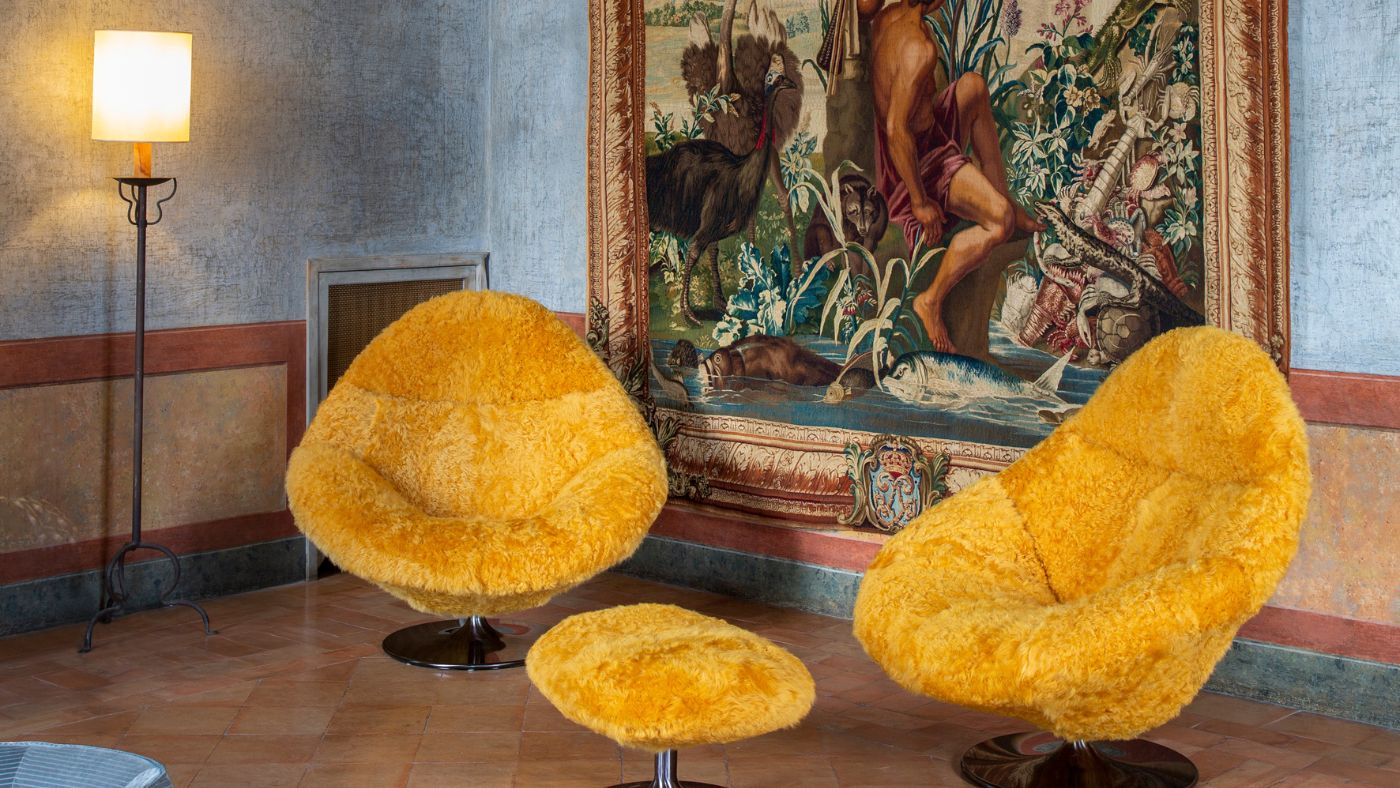
The Villa Medici has long been a home to the fine arts. Ferdinando de’ Medici, who had chosen the building and its plot of land as the Medici family’s first property in Rome, finessed his acquisition with many statues, sculptures and Roman bas-reliefs. And later, when the estate fell into the hands of Napoleon Bonaparte, the deeds to the Villa Medici were transferred to the French Academy at Rome. The Villa Medici has since welcome winners of the Prix de Rome art award and directors that were also blue-chip artists, such as French-Polish artist Balthasar Klossowski de Rola, better known as Balthus, who put his stamp on the building’s interiors from 1961 to 1967.
Latterly, the interiors had been left untouched for about two decades. “The union of past and future is one of the most important and recurring values for Fendi,” said Venturini Fendi. “And as with everything we do, we started from this for the Villa Medici project.”
Now, on the walls there are tapestries by contemporary American artist Sheila Hicks and French artist Sonia Delaunay (Panneau, 1954). Sainte Seìbastienne, a tapestry in hues of beige, sand, nude clashed with sharp arrows drawn in black by Louise Bourgeoise faces a 17th century sketch by Albert Eckhout and woven by The Gobelins Tapestry Manufactory. And throughout: modern furniture made by Fendi Casa to designs by creatives such as Chiara Andreatti, Toan Nguyen and Vitra.
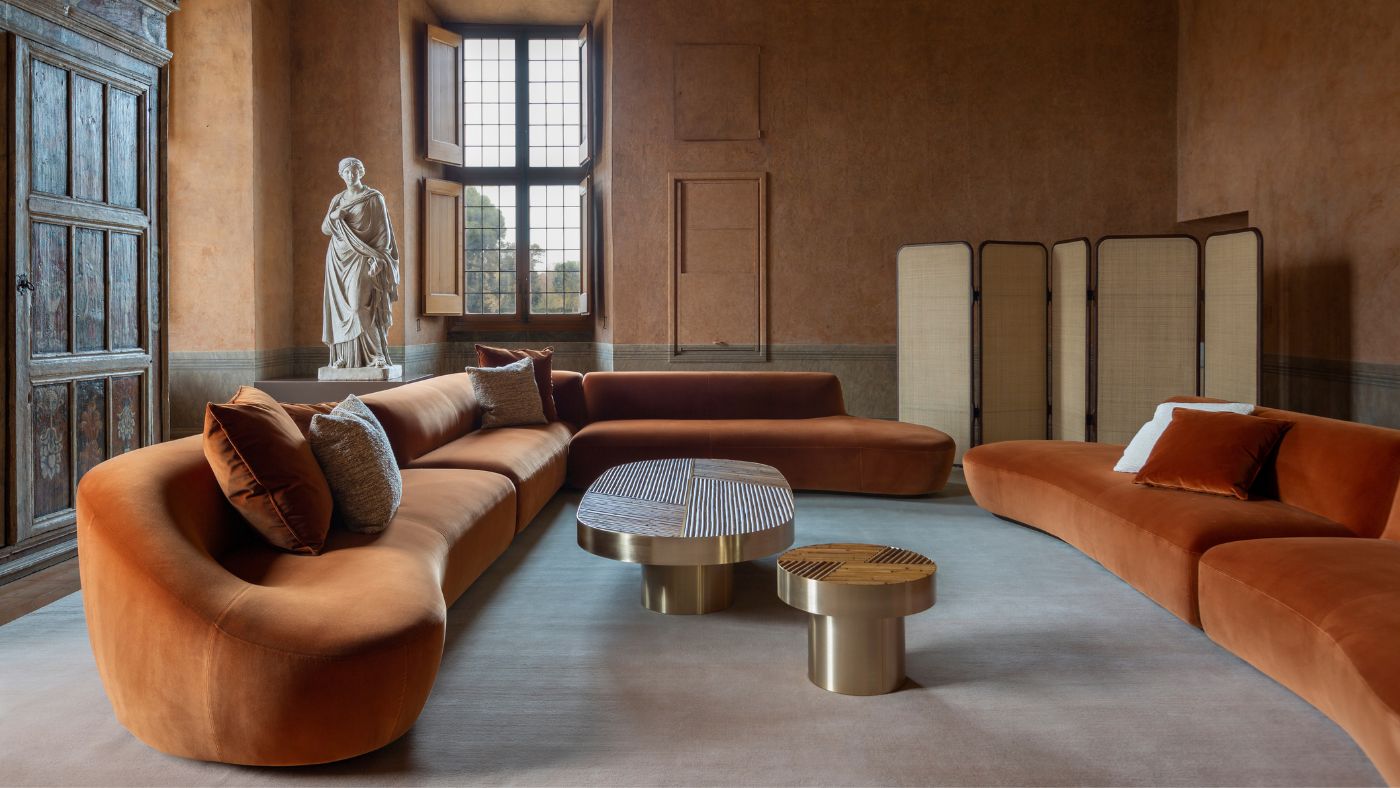
Upholstered in soft browns, Nguyen’s Fendi Casa Sandia sofa is now installed in the Petit Salon; its organic, wave-like silhouette blends in elegantly with the room’s design which also incorporates historic marbles drawn from Greek mythology.
A free daily email with the biggest news stories of the day – and the best features from TheWeek.com
With his creations, French designer Noé Duchaufour-Lawrance paid tribute to Rome, the city that gave shape to Fendi and the Villa Medici. Three iterations of his Tavolo Borghese feature marble tabletops that nod to the shape and sequence of stone slabs that paved the streets of Ancient Rome. Venturini Fendi said: “We have combined several elements and linked the Fendi Casa furnishings to the archive pieces of Mobilier National, bringing the Villa Medici Salons back to their primary intended use, with a contemporary twist.” See fendi.com
-
 Why it’s important to shop around for a mortgage and what to look for
Why it’s important to shop around for a mortgage and what to look forThe Explainer You can save big by comparing different mortgage offers
-
 4 ways to save on rising health care costs
4 ways to save on rising health care costsThe Explainer Health care expenses are part of an overall increase in the cost of living for Americans
-
 How to financially prepare for divorce
How to financially prepare for divorceThe Explainer Facing ‘irreconcilable differences’ does not have to be financially devastating
-
 Inside the rocky marriage of Priscilla Presley and Elvis
Inside the rocky marriage of Priscilla Presley and ElvisUnder the Radar Rock and roll legend’s former wife praises Sofia Coppola’s new biopic
-
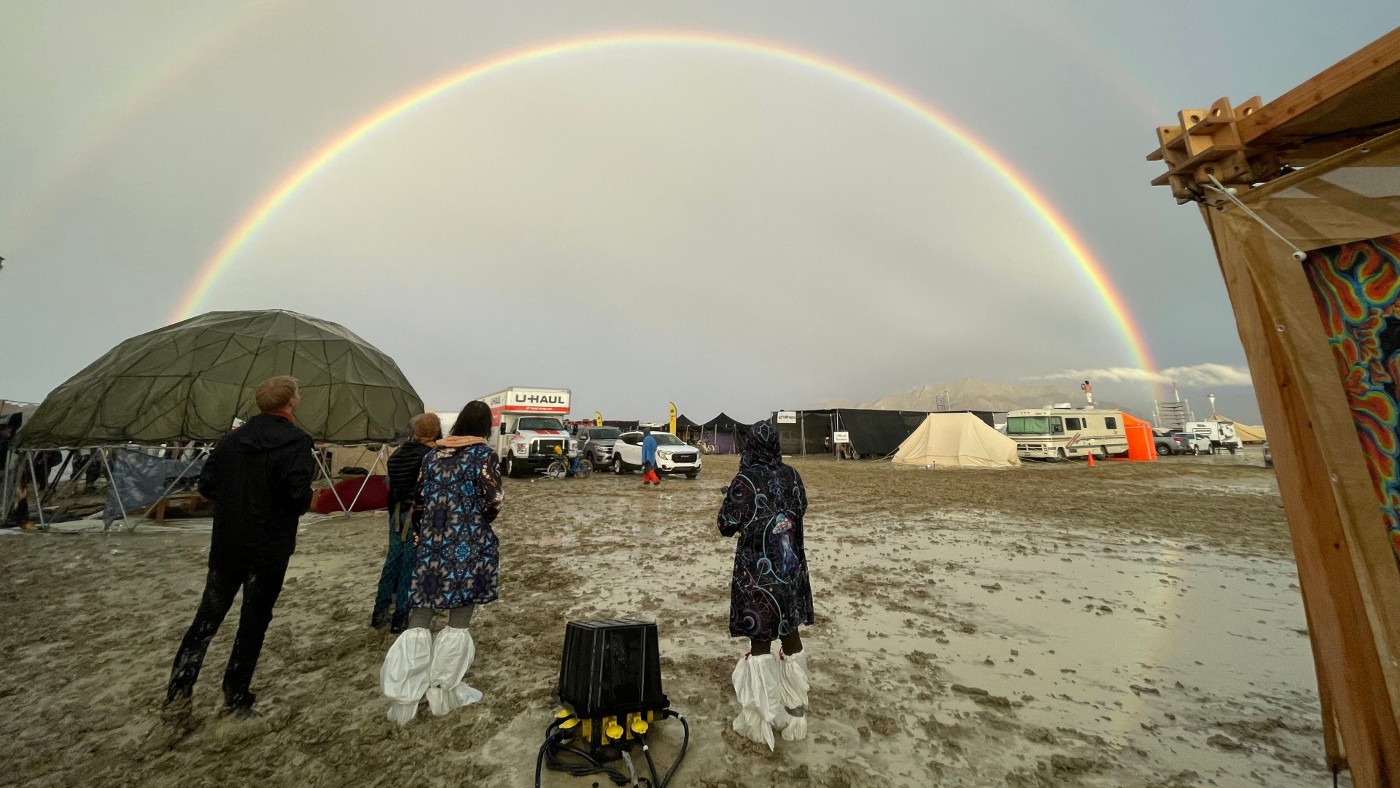 How Burning Man descended into chaos
How Burning Man descended into chaosUnder the Radar Torrential rain leaves thousands of revellers stuck at Nevada festival
-
 Princess Diana’s death in The Crown: how accurate is the Netflix series?
Princess Diana’s death in The Crown: how accurate is the Netflix series?Under the Radar The controversial show is returning for sixth and final season later this year
-
 Michael Parkinson: five best interviews by star presenter
Michael Parkinson: five best interviews by star presenterUnder the Radar ‘King of the chat show’ Parky has died aged 88
-
 The Beanie Bubble: the true story behind fallen toy empire film
The Beanie Bubble: the true story behind fallen toy empire filmUnder the Radar New release depicts rise and fall of 1990s stuffed plushy phenomenon
-
 The story behind Sinéad O’Connor’s iconic Saturday Night Live performance
The story behind Sinéad O’Connor’s iconic Saturday Night Live performanceUnder the Radar Singer ‘stepped into culture-war infamy’ after tearing photograph of the Pope live on air
-
 Why police have reopened the Tupac Shakur murder case
Why police have reopened the Tupac Shakur murder caseUnder the Radar House near Las Vegas is searched as police hunt killer of the famous rapper nearly 30 years on
-
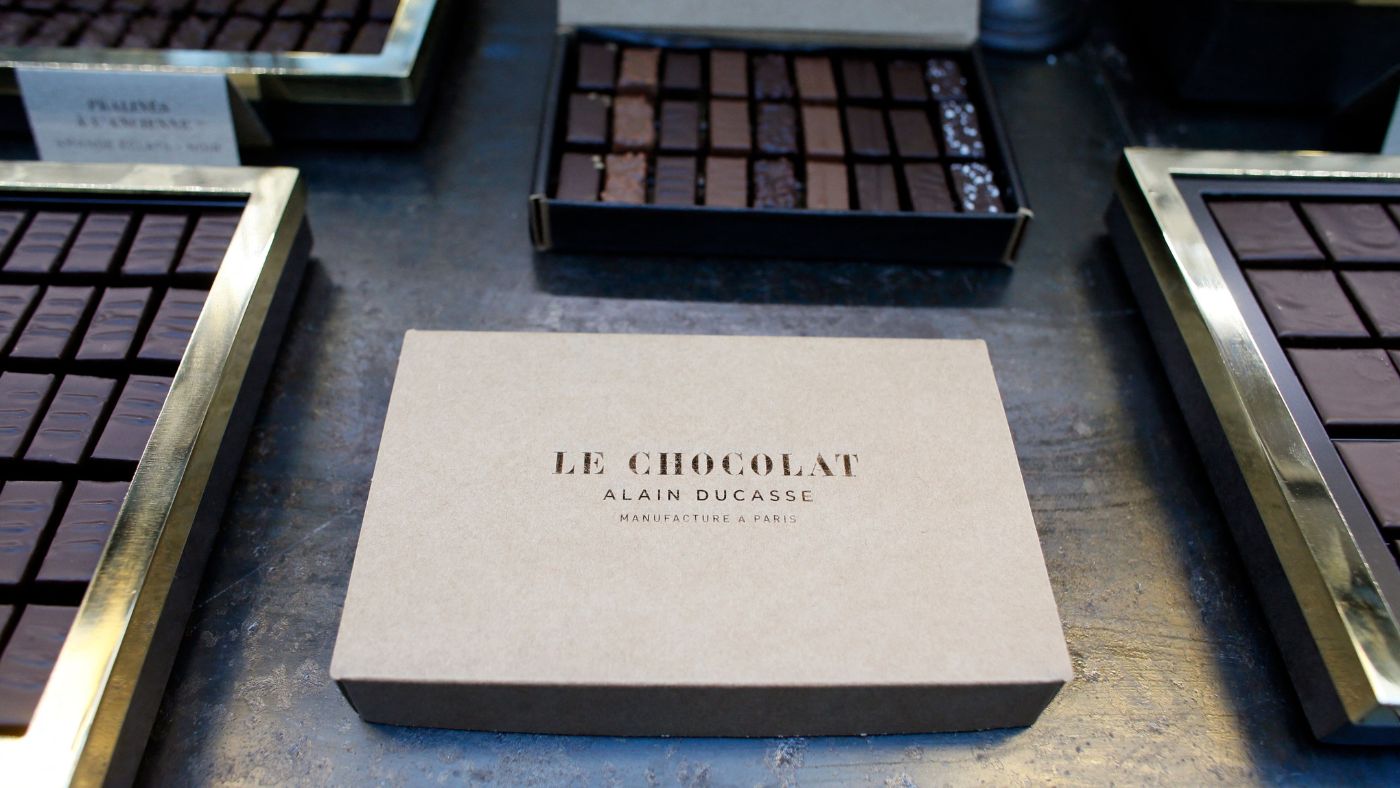 A tour of Alain Ducasse’s chocolate factory in Paris
A tour of Alain Ducasse’s chocolate factory in ParisUnder the Radar Star chef has spent a decade transforming chocolate – now it’s coffee, ice cream and biscuits